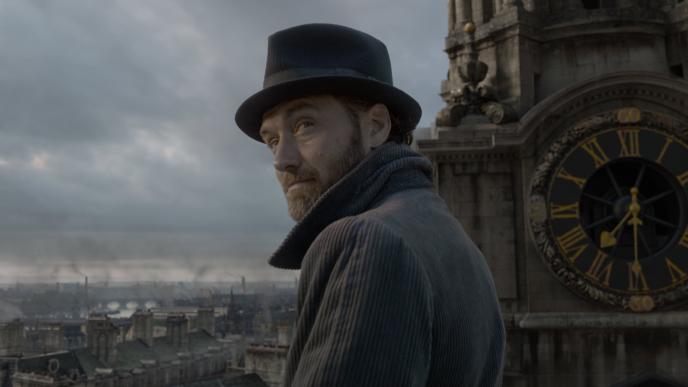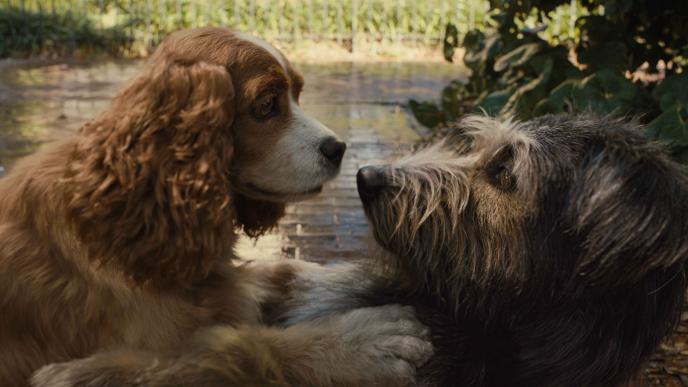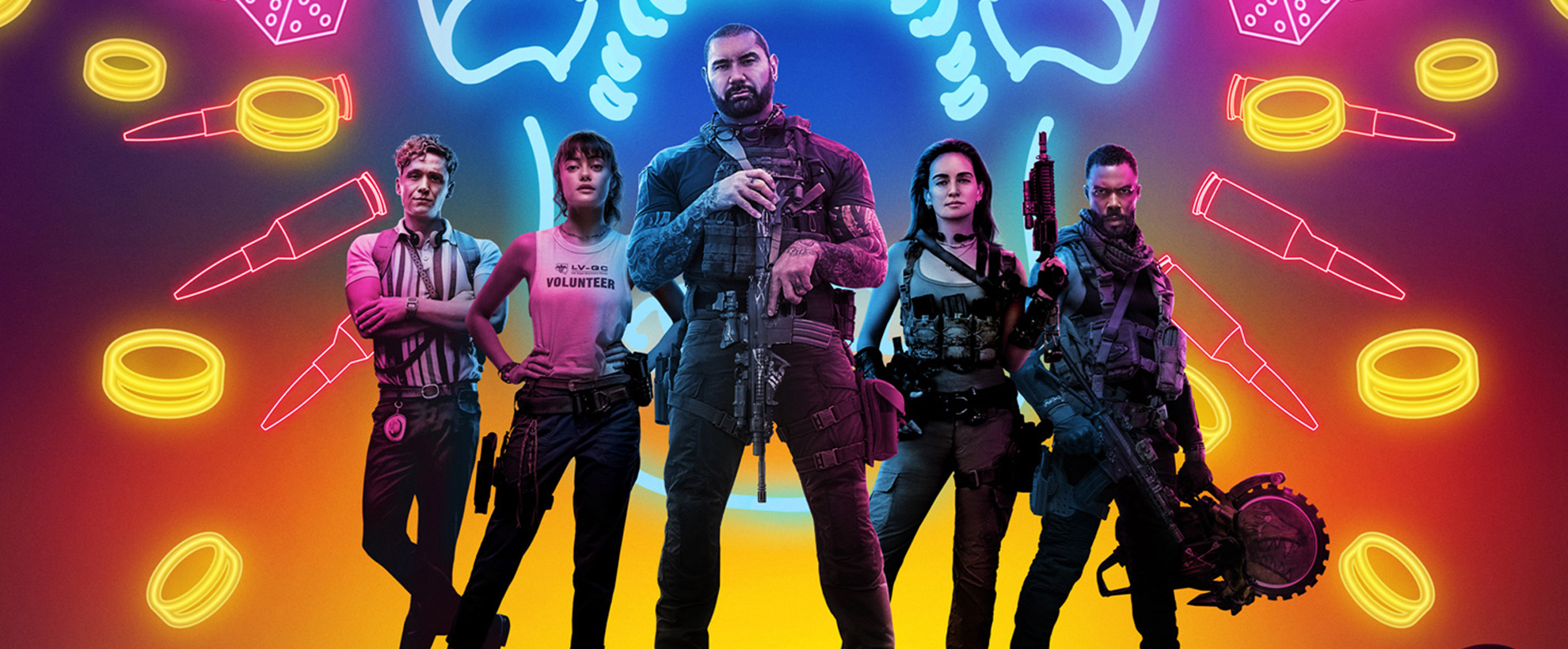

Army of the Dead
Framestore was involved in the creative process from early concept art through to the show’s final VFX, working closely with co-writer, producer, director Zack Snyder (300, Dawn of the Dead) to reveal hoards of zombies, a post-apocalyptic Las Vegas and an undead tiger. The team was also tasked with seamlessly digitally integrating a key cast member, Tig Notaro, post-shoot.
Starring Dave Bautista, Ella Purnell, Omari Hardwick, Ana de la Reguera, Theo Rossi, Matthias Schweighöfer, Nora Arnezeder, Tig Notaro, and more, the film takes place following a zombie outbreak in Las Vegas. A group of mercenaries takes the ultimate gamble, venturing into the quarantine zone to pull off the greatest heist ever attempted. In collaboration with VFX Supervisor Marcus Taormina, Framestore’s Bob Winter (Moonfall) and João Sita (Lost in Space) worked together on 500+ shots that took in expertise from the studio’s vis dev, animation and VFX teams. “We were thrilled to be working alongside Zack Snyder, to deliver this genre-bending film for Netflix,” says Winter. “It was a privilege for us to get involved from the get-go on such a broad range of creative work.”
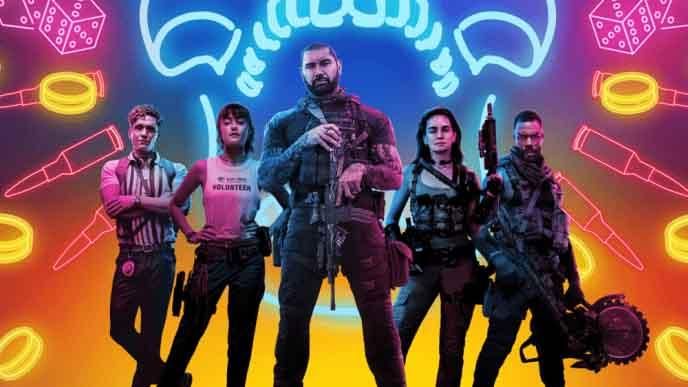
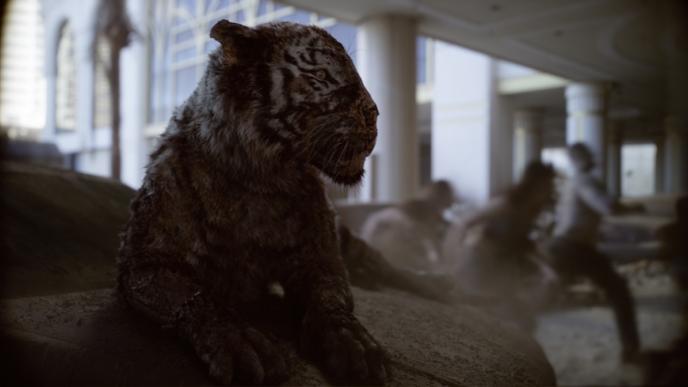
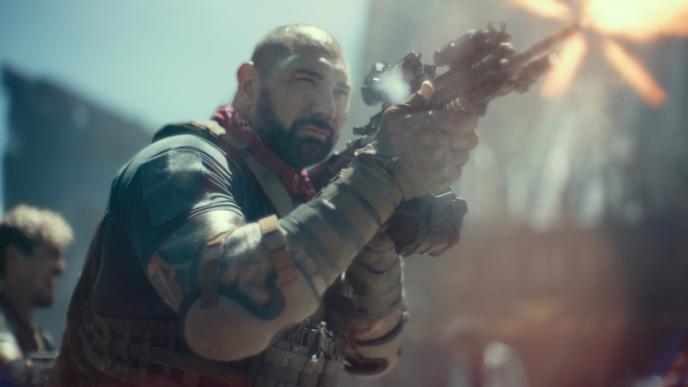
I couldn’t have asked for a better partner than Framestore. They did an amazing job bringing our post-apocalyptic world of Army of the Dead to life.
Post-apocalyptic Sin City
One of the main challenges the team faced was building a post-apocalyptic environment of Las Vegas. Winter and his VFX crew flew in for a two-week shoot and gathered reference material of the entire strip. “We photographed and captured lidar along the strip from both ground and helicopter and the data became the foundation for the digital Las Vegas,” says Winter. Working from vis dev’s concept art work of a destroyed Las Vegas, the team recreated the city and its iconic landmarks. Snyder’s distinctive aesthetic style was also on full display; from muted color palettes to velvety textures - all shot through dream lenses. “We started off by building our foundation of the city and adding details onto it, including intricate drapes and curtains that really showcase the level of detail involved in the work,” says Winter.
Framestore’s compositing team assembled lensing templates, mapping them out and closely evaluating how flares changed from frame-to-frame which proved to be an incredibly impressive feat. “It was a highly complex process, and we developed a custom technology to get the CG build rendered. We were working on a film with a very distinct look, rendering images through the lenses,” explains Winter. Once the whole city was built, Framestore’s team was also tasked with setting the nuclear bomb that would ultimately destroy it.

‘Valentine’ Zombie Tiger
As well as photoreal environment builds, there were, of course, lots of zombies, which allowed Framestore to demonstrate its talent for creature work, as seen on ‘Valentine’ - an imposing undead tiger. In order to create a believable feline, Framestore’s VFX team flew to Florida to visit Carole Baskin’s animal sanctuary - which later became known as the notorious ‘Big Cat Rescue’ featured in the ‘Tiger King’ docuseries. The team found a white tiger named ‘Sapphyre’, and captured hours of video references and stills that would serve to craft its look and feel.
“Half of Valentine’s face is partially decayed so the challenge involved marrying features from a real-life tiger with fantastical, zombified characteristics,” explains Winter. After modelling the creature, the team compared walk cycles to reference Sapphire's movements, and from there added in muscles and weight that reflected Valentine’s confident, nonchalant stride. Valentine wasn’t spared from Snyder’s graphic, bloody cinematography; one particular scene sees her playfully tormenting a victim that culminates in a graphic face-ripping attack. This sequence was particularly challenging as the animation team had to create a realistic and seamless interaction working from the plates of the actor and then adding Valentine in to create the fight scene.
Digital Actor Replacement
One of the team’s key challenges involved replacing an actor digitally post-shoot, and Framestore was fundamental to the seamless end result. Actor and comedian Tig Notaro was filmed on a greenscreen, and Framestore then integrated her character into shots where she is physically interacting with other actors. “We did a lot of tech vis for this,” said VFX Supervisor Joao Sita. The work involved camera tracks based on the original plates, 3D scenes and diagrams for additional photography and some highly complex camera moves. Notaro is of a smaller stature than the original actor, which proved to be a huge challenge,” says Sita. “We established a workflow in which we would body track the actor that was to be replaced and then include our digital version for Notaro. The team was especially concerned with giving compositing a "conform" of the two actors, and from there, they were able to dig into more creative choices,” says Sita. “Shadowing, ground interaction and replicating the original dream lens look from the principal photography were key to integrate Notaro into the shots.”
The additional photography was shot using a clean lens and Framestore’s team was tasked with recreating Snyder’s dream lens effect seen throughout the film which was incredibly complex to match. “The film is shot in a hand-held way with natural lighting, so it was difficult to recreate the look and feel that blends in seamlessly throughout,” says Sita. “We replicated the dream lens with a variety of techniques including painstakingly hand-animating the shots. It was gratifying for us to be involved at this level because Notaro’s greenscreen plate integration as well as carrying her performance into full CG shots were key to the new storyline, so we’re really proud to have been part of the process.”
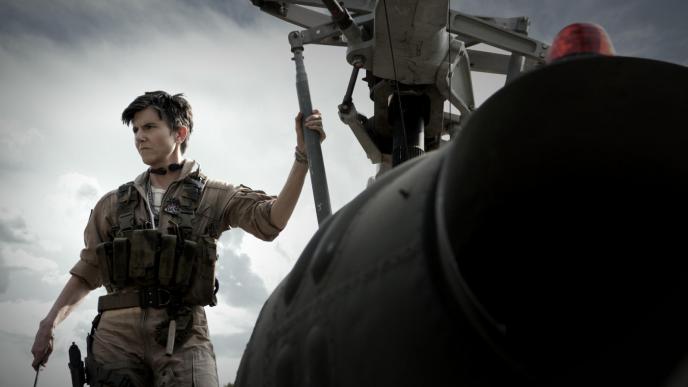
Zombies, Blood and Gore
Zombie films inevitably require hordes of undead armies along with buckets of blood and gore - and that is what Army of the Dead treats us to. Its ‘alpha’ zombies are like no other; they possess an olympic-level running speed, are highly intelligent and controlled within a hierarchical scheme, with their own King and Queen (oh, and they also cry - we added a digital tear in there). Working from zombie mocaps, Framestore’s team matched digi-doubles that effectively conveyed their outward performances. One particularly challenging crowd sequence involved a wide-shot of tens of thousands of undead creatures with 99% of them created in full CG.
FX artists played a key role in conveying every single over-the-top moment, which include: flying body parts, city destructions, gunfire shots, exploding zombies, purple napalm clouds, dramatic vehicle crashes, blood bursts and of course a nuclear bomb. The challenge was not only creating realistic effects to suspend the audience’s disbelief, but ensuring that they were incredibly detailed throughout Snyder’s alternating slow/fast-motion camera speed.
Netflix has announced that a prequel of the film and an anime-style television series are in development to expand the Army of The Dead universe.
Without a doubt, this was a fantastic, surreal project to work on. At the end, our team had come up with a list of superlatives to describe each scene’s level of blood - that’s how desensitized we were to all the gore!
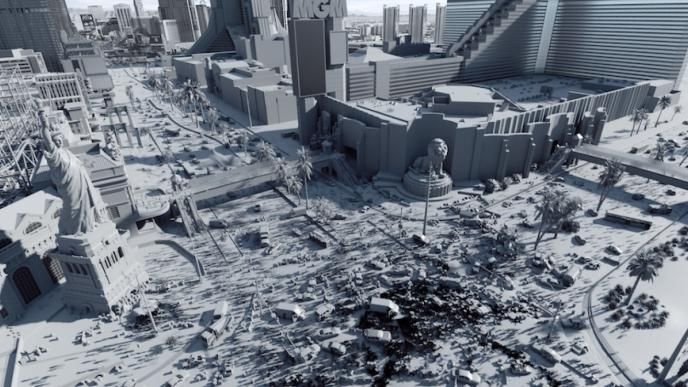
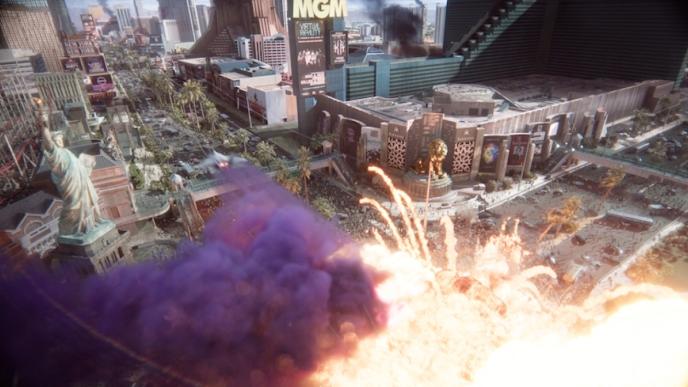
Press
Zack Snyder reveals a first look at his zombie heist Netflix movie Army of the Dead - Entertainment Weekly
‘Oh my god, are they going to show this? Oh my god, they showed it.’ - before and afters
How Tig Notaro was digitally added to ‘Army of the Dead’ a year after filming ended - Digital Trends
Inside the VFX of Army of the Dead's Zombie Las Vegas - Netflix
Army of the Dead VFX Team Dishes on the Zack Snyder Zombie Heist Film - Fictionphile
Netflix’s Army of the Dead: The Montréal Connection - Global News
Elvis, Tiger King, and Sin City: Behind the visual effects of Army of the Dead - Digital Trends
‘Army of the Dead’: The VFX Team Talks Zombie Tiger, Digital Tig Notaro and Buckets of Gore - Bloody Disgusting
Framestore's VFX is the 'Zombie Cat’s Meow’ in ‘Army of the Dead’ - Animation World Network
The mocap and crowd sims behind the hordes of zombies in ‘Army of the Dead’ - before and afters
Tig Notaro’s greenscreen shoot, her digi-double and the VFX required to place her into the already-filmed ‘Army of the Dead’ - before and afters
Here’s how you scan real Las Vegas to make a digital Las Vegas - before and afters
How they made that tiger in ‘Army of the Dead’ - before and afters
Viva Las Vegas - VFX Voice



